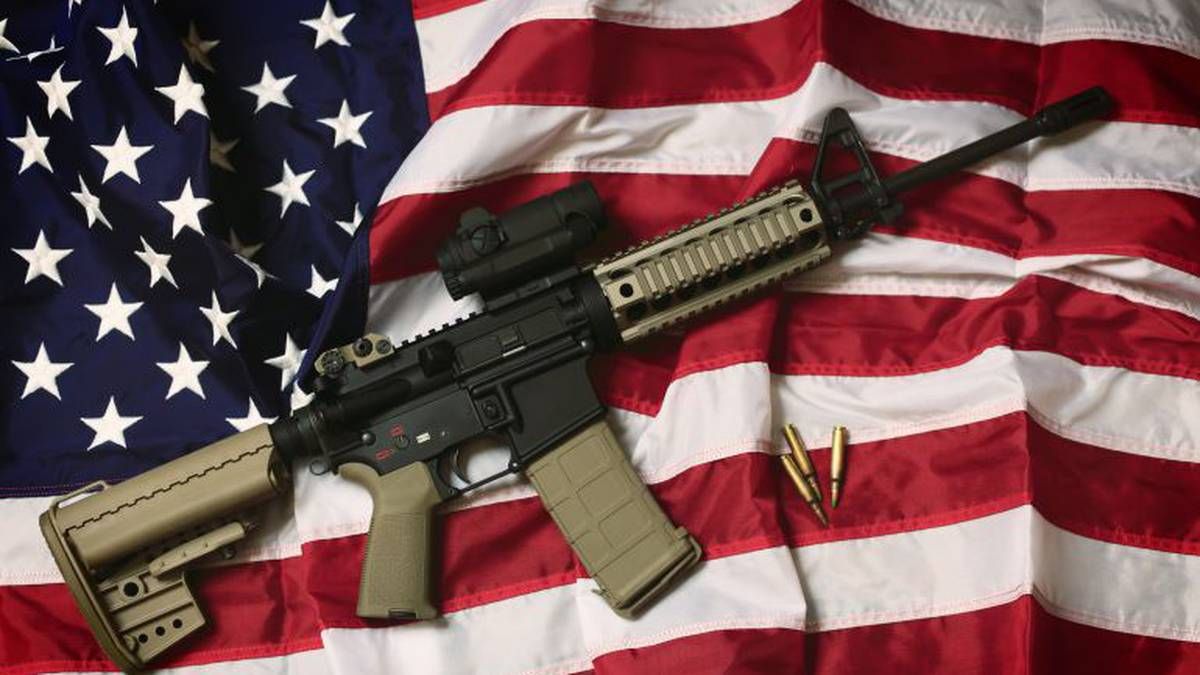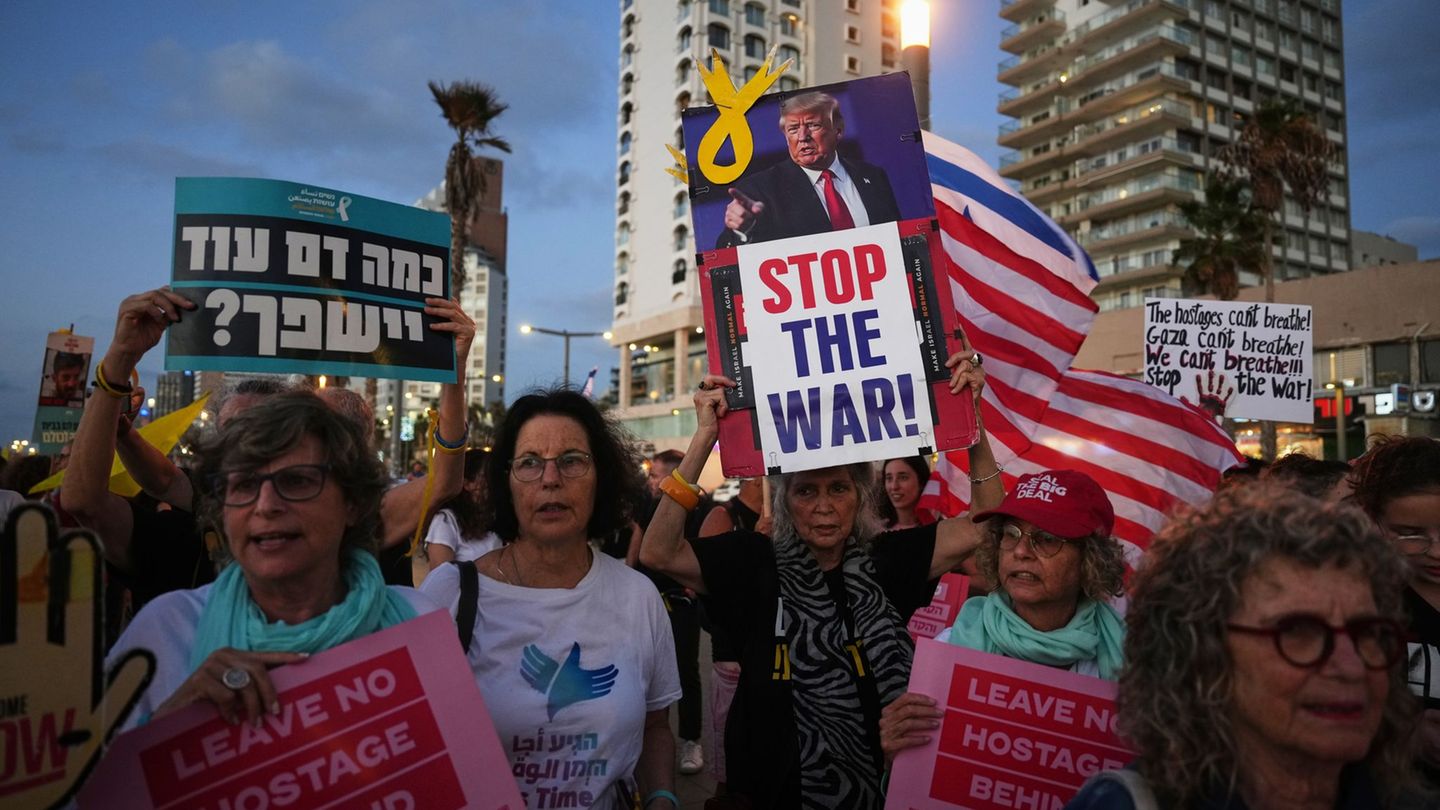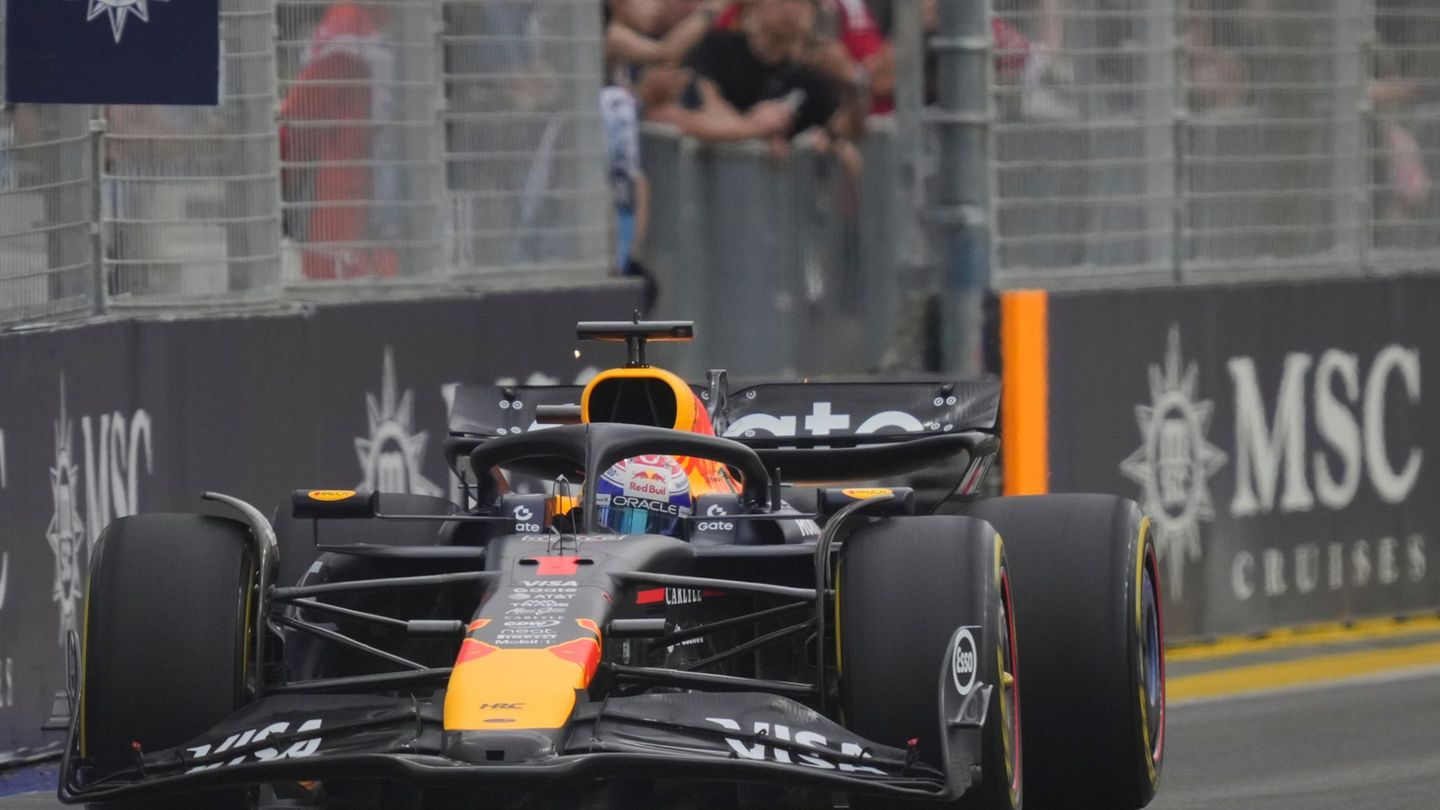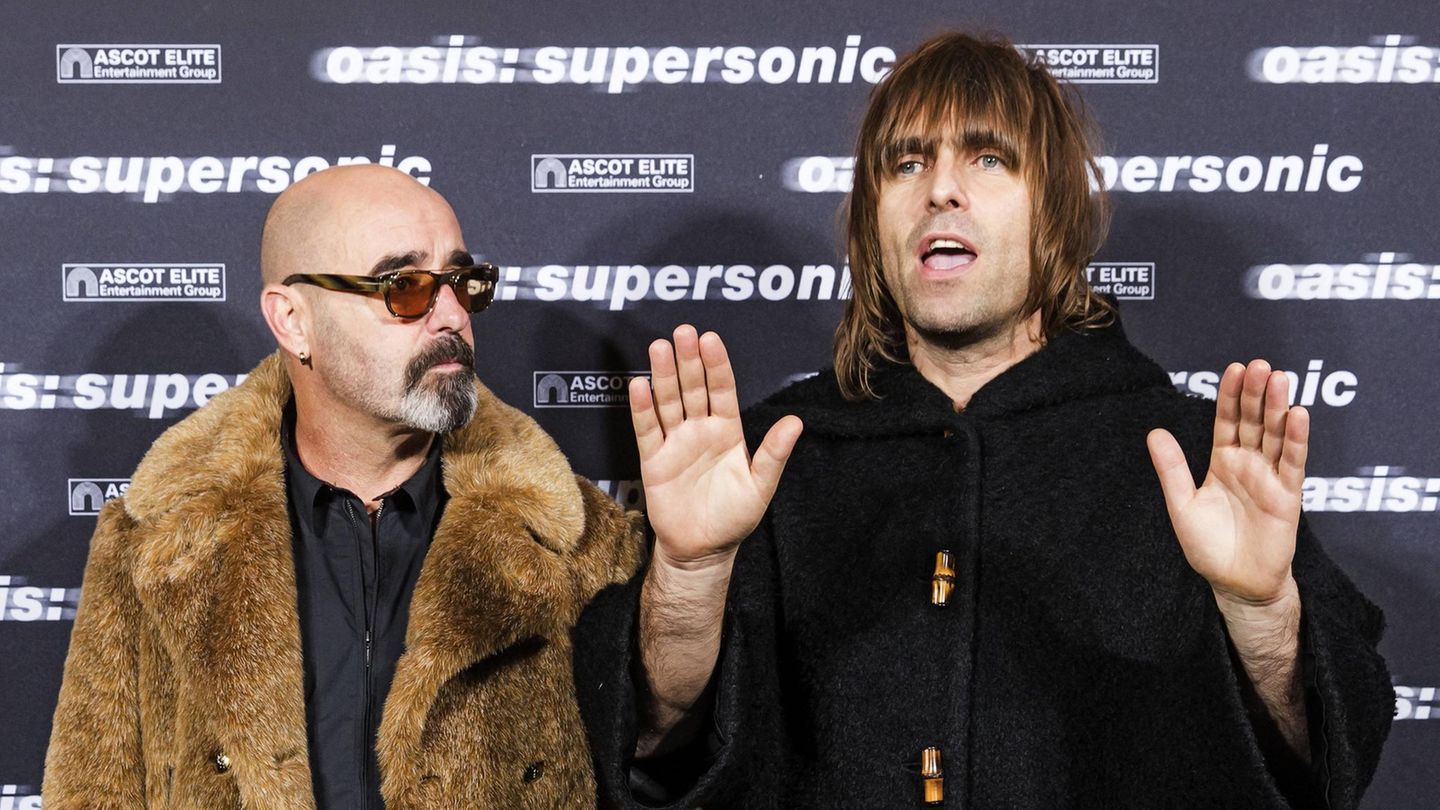For those who have studied the subject, common sense and potentially less obvious mechanisms are involved.
First, the most obvious: “It’s hard to shoot someone if there’s no one around”said David Hemenway, a professor of health policy at the Harvard T. H. Chan School of Public Healthexplaining why the crimes with weapons decrease in bad weather.
Another, more controversial, idea is that the heat itself – as opposed to encouraging people to be outside – could fuel the conflict.
united states gun control
Photo: USAToday
Although the causes of gun violence in the United States are many, the weather will play an increasingly important role in a world that is warming rapidly due to climate change.
Hemenway says he has long been interested in the relationship between heat and crime because of stereotypes about the differences between the United States and Italy, as well as between northern European states and southern Mediterranean countries.
In 2020, he co-wrote an article for the journal Injury Epidemiology in which he examined what happened in Chicago between 2012 and 2016.
Based on reports from the Chicago Tribune newspaper, he determined the number of shootings that occurred each day in that period and then compared them with the daily temperature, humidity, wind speed, the difference in temperature with respect to the historical average and the type and amount of precipitation.
One of the conclusions of the study was that on business days when the temperature was 10 degrees Celsius higher than the average, shootings increased by 34% and on holidays or weekends they increased by 42%.
They also found that a temperature 10°C higher than average was associated with a 33.8% higher rate of shootings.
In other words, Hemenway said, it’s not just heat that matters, but relative heat.
image.png
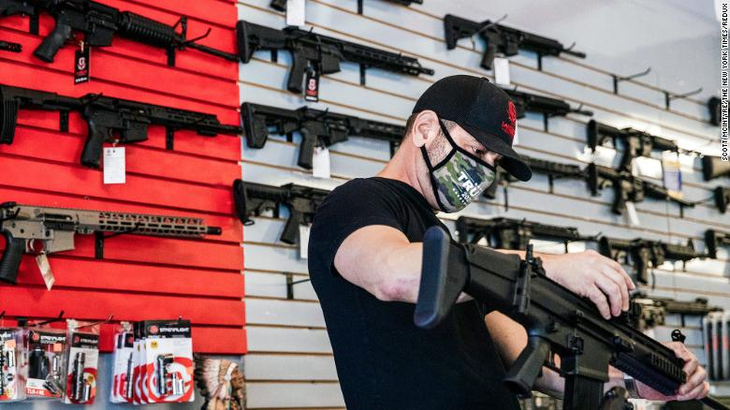
“In winter there were more shootings on days that would not have been hot in summer but were in winter”he pointed.
Another recent article, led by Drexel University’s Leah Schinasi and published in the Journal of Urban Health in 2017, looked at violent crime in Philadelphia.
“I live in Philadelphia and I remember how when I was cycling home from work on a very hot day I would observe how grumpy everyone seemed. I was interested to see if this observation translated into higher crime rates on hot days,” he said.
Schinasi, and paper co-author Ghassan Hamra, found that violent crime occurred more frequently in the warmer months (May through September), especially on the hottest days.
In turn, during the coldest months (October to April), when temperatures reached 21°C, the daily rates of violent crime increased by 16% compared to the days when the temperature was in the average of the season. , that is, at 6 °C.
Hemenway believes that the two main hypotheses on the subject – that the more people are outdoors, the more chance there is for hostile interactions and that heat itself makes people more aggressive – could be true.
A study published in 2019 by the National Bureau of Economic Research was based on placing college students in Kenya and California in hot or cold rooms and measuring the impacts on a number of behavioral categories.
As the work concluded, “heat has a significant impact on people’s will to destroy the effects of others.”
When it comes to the general problem of gun violence, there are far more important factors than temperature, Hemenway acknowledged.
Particularly noteworthy among them is the high rate of arms circulation among the population.
According to estimates, in 2020 there were more guns in the United States than people: some 393 million.
Instead of restricting circulation, many states have chosen to relax the rules that regulate the possession of weapons.
But better understanding the link to climate could have policy implications, such as finding activities for young men to do on the hottest days of summer to keep them off the streets, or increasing police presence in key areas determined by governments. weather forecasts.
“It would be a sort of harm reduction policy”said Hemenway, and finished: “I suspect that if we were to look at the number of fights and assaults on warm days we would see the same trend. What weapons do is lead to more lethal hostile interactions.”
Source: Ambito
David William is a talented author who has made a name for himself in the world of writing. He is a professional author who writes on a wide range of topics, from general interest to opinion news. David is currently working as a writer at 24 hours worlds where he brings his unique perspective and in-depth research to his articles, making them both informative and engaging.

